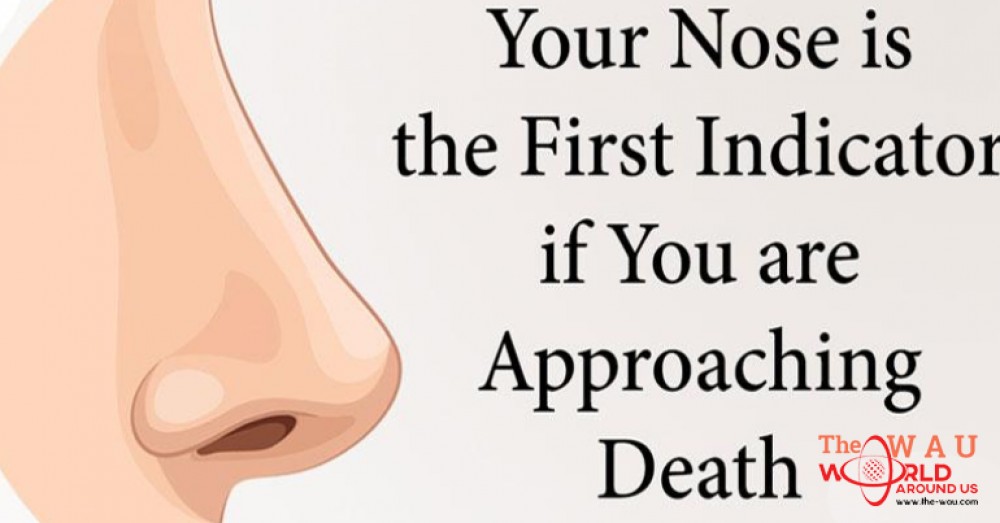It’s in our human nature to have the believed of death in our minds, and the way we depict death also connects with the scene of a dead animal, human, bird or flies. So, what’s the connection in between all of them, but we didn’t consider of it prior to? The smell.
According to current research, the human nose is capable to sense a wide variety of smells, that can not location them into any identified category, but is nevertheless reacting to them. Such as the scent developed by a chemical known as putrescine. This is a chemical that the physique produces when it begins to decay, and one particular small issue to know, the scent is the outcome of the animal’s necrophobic behavior all through the years of evolution, and these responses are believed to have evolved at least 420 million years ago.
The animals are believed that they react to the smell of putrescine as a sense of danger in a two various techniques: the reaction that a predator is nearby, and the second is that they have been place in a life danger, so their instinct tells them to escape.
Scientists have created 4 various experiments on humans with a mixture of putrescine, water and ammonia, just to prove that human’s reactions and behavior are not any various than these of the animals.
Vigilance
The 1st experiment, exactly where participants had been tested to the scent of putrescine, as they had been exposed to the scent of it and tested out their vigilance. The outcomes showed that the participants who had been exposed to the scent of putrescine showed a lot more vigilance than these who had been exposed to ammonia and water.
Escape behavior
The researches did the second test exactly where they have tested unsuspecting group of persons, who had been offered a job to price a smell on it is intensity, repugnance and familiarity. The researches wanted to see the group’s reaction to the smells, and how speedy the participants would stroll away at an 80m distance. Those who have smelled the putrescine, tended to stroll away a lot more rapidly from the location, which proved that the smell evoked a powerful motive to escape.
In a further experiment, just after the group becoming exposed to the scent of putrescine, the researchers gave the participants a word stem-completion job.
The outcomes have shown that the smell of putrescine brought on the group to total the word stems, all realted with escape and other associations with the word escape. The smell also elevated to use of thread words.
Defensiveness and hostility
The final experiment the participants had been exposed to a pretty decent scent that they couldn’t detect. In this experiment, they had been offered a text to study, and the job was to evaluate the author of it.
They had been not in a position to detect the subtle smell of the putrescine, the participants showed defensiveness and hostility to the author. This also proved that the non-conscious exposure to the smell evoked a defensive behavior in the participants.
Conclusion
The study proved that persons are impacted by the smell of putrescine, the chemical that is released in a decaying physique, each consciously and subconsciously. We are impacted by it, we can detect it, smell it. And, most importantly, we react to it, as the smell of death, attempting to escape it or prevent it. Maybe we consciously do not know it as the smell of decaying physique, but our instincts operate it out as the smell of death. Interesting, huh?
Share This Post















